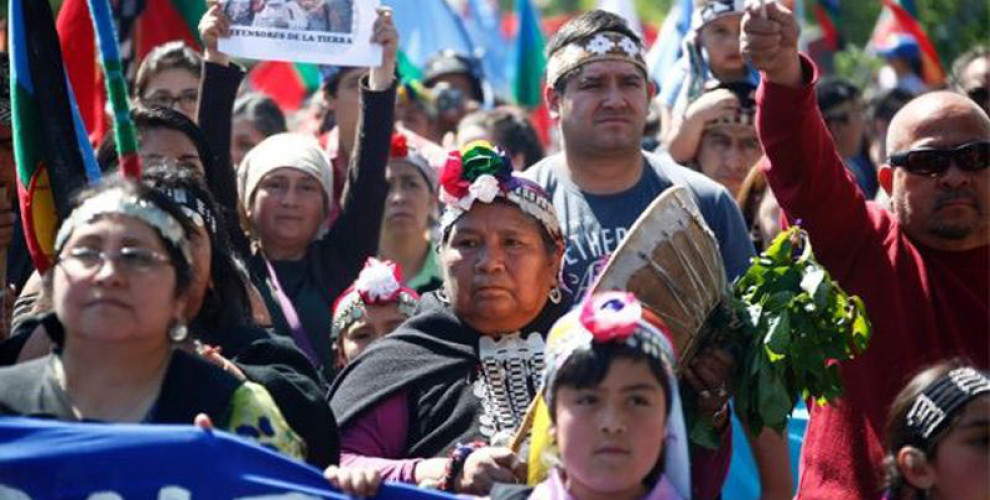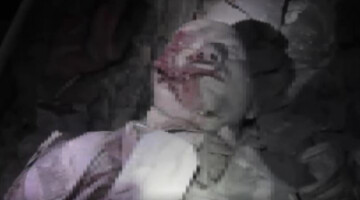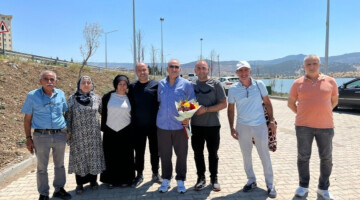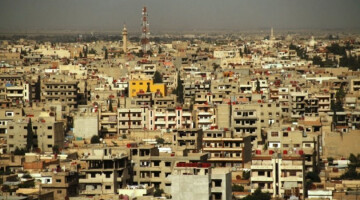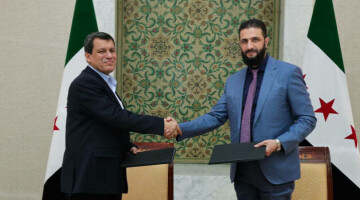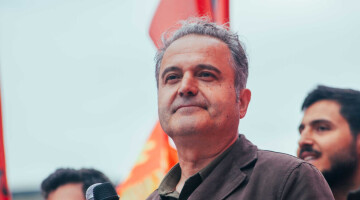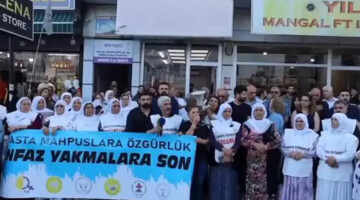The death of young mapuche boy Camilo Catrillanca, 24, last 13 November, during a chilean gendarmerie operation of the special team Jungla gave rise to contradictory versions on the part of the authorities.
While the Governor of the Araucanía endorsed the version of the carabineros and maintained that the young man had "antecedents by criminal acts", the Minister of the Interior, and President in Functions, Andrés Chadwick, declared in Congress that an investigation had been opened, at the same time that various sources and the relatives of the victim denied that Camilo had a criminal record.
Numerous testimonies contradicted the police version, which affirmed the implication of Catrillanca in an assault on a nearby school from where three vehicles were stolen, which led to an operation carried out by several patrols of the special police group Jungle, belonging to the Carabineros.
Jaime Huenchullán assured, for example, that he had seen Catrillanca "five minutes before - of his death - surrounded by his animals. He was in the field". Other witnesses confirmed that he was driving a tractor to his home, accompanied by a minor, and that he turned around when he saw the police operation. A story that coincides with the preliminary autopsy that certified his death as a result of a single and accurate shot in the neck.
It was also learned that during the intervention of the police group, another four people were injured by bullets, and they were detained, as was the 15-year-old minor who accompanied Catrillanca on the tractor.
First responsibilities and crisis of a state policy against the Mapuches
The Mapuche communities have suffered similar attacks for decades without their authors suffering any consequences. However, in this case the strong social and political reactions have ensured that the case is not closed for the time being.
Thus a general and a colonel of the Carabineros had to present their resignation, while four members of the group "Jungle" were discharged from the body, as they were members of the patrol that fired. The Mayor of the Araucanía also presented its resignation.
At the same time, the judicial police and the regional Prosecutor's Office opened a criminal investigation, and it should be noted that the aforementioned Office of the Prosecutor has a Special Unit for Human Rights, as a result of a decision of the Inter-American Court of Human Rights following a similar incident in the region, the death of Alex Lemús in 2002
Simultaneously, the political repercussions became more and more evident, for example, the deputy and spokesperson of Frente Amplio Gael Yeomans declared: "Faced with this, there can be no possibility of relativizing, the responsible must be found. We are going to pursue political responsibilities as well".
His words pointed directly to the policy of the Government called Plan Araucanía. A policy announced just a few months before, that although opens channels of dialogue with the indigenous communities, at the same time keeps intact the old practice of intense militarization in this conflictive region of the country.
A good example of this is precisely the Jungle group presented just a few months ago by the Government as a specialized tool to combat "terrorism" in the area.
For his part, José Alwin, Director of the Citizen Observatory and advisor to the National Institute of Human Rights, delving into the issue of repression, declared: "Ercilla, the municipality of Camilo's death, is a besieged space. We were waiting for something like this to happen. It is a chronicle of an announced death”.
Meanwhile, the protests of the Mapuche communities, which declared several days of permanent mobilization, were met by reactions in the capital itself: on 15 November more than five thousand people took part in a demonstration, which was harshly repressed from its beginning by the forces of Carabineros, producing strong and violent confrontations for hours in the heart of the Santiago de Chile, thus paralyzing the capital.
Understanding the Mapuche conflict
The media have highlighted in this case very human aspects such as the fact that Camilo Catrillanca was the father of a small child and his partner is six months pregnant. His grandfather and his father are well-respected community leaders among the Mapuches and Camilo himself, from very young, had been a valued activist and defender of his community, Temucuicui, and Mapuche culture.
The Mapuches of today claim, as well as throughout their long history of resistance, the defense of their fertile territories and their numerous natural resources. For centuries their culture has maintained a communal and rational use and exploitation of the land, which sustains the continuity of their culture: religion, language, traditions and democratic community organization through the election of their leaders
Its current economy is based on agriculture, livestock and a rich handcraft tradition, while their communities are located both south of the Bio-Bio river in Chile and in the Argentine pampas, while part of its population is also to be found to the capitals of those countries.
According to approximate estimates, the current population can be estimated at some 900,000 people in Chile and 150,000 in Argentina.
Figures that are inaccurate given that this indigenous people, despite their number, do not have official recognition in either of the two countries. Likewise, they do not have autonomy, territorial or ethnic-cultural recognition.
The historical and constant dispossession of their traditional and community lands, has added in recent decades new threats as part of the state policies of Chile and Argentina consisting of the appropriation of large pieces of land in favor of an insatiable export agriculture, controlled by landowners and large companies and accompanied by the consequent ecological damage, the intensive exploitation of enormous resources in water and forest mass of their territories and the voracious modern international mining.
Facing this threatening panorama, the Mapuches (people of the earth, in their language), both sides of the border, have organized their resistance based on their peculiar communal organization and its reaffirmation as original indigenous people.
Claims and resistance difficult to handle by the dominant political and economic elites in these two large countries of the Southern Cone.

